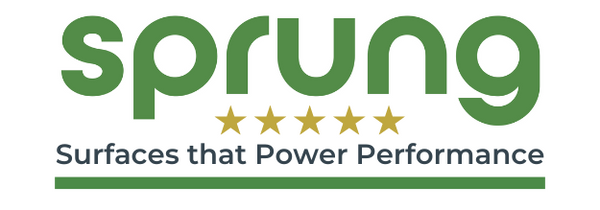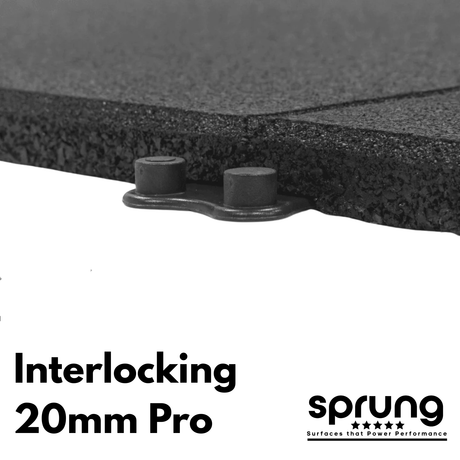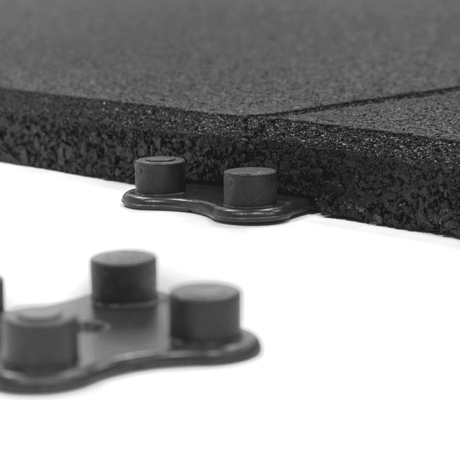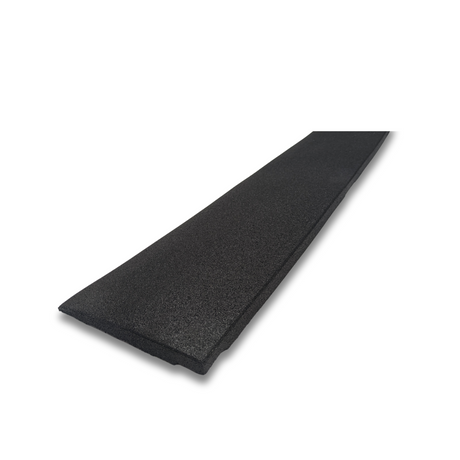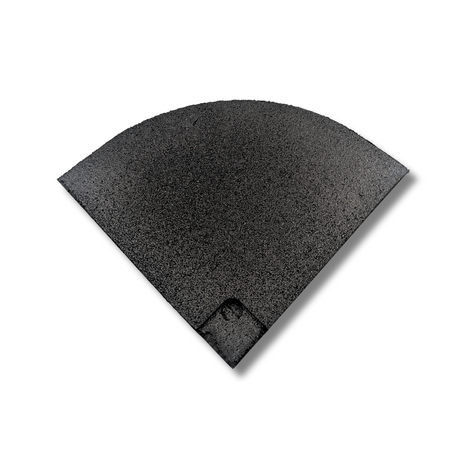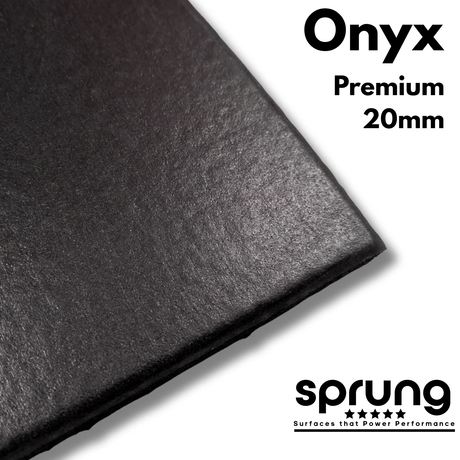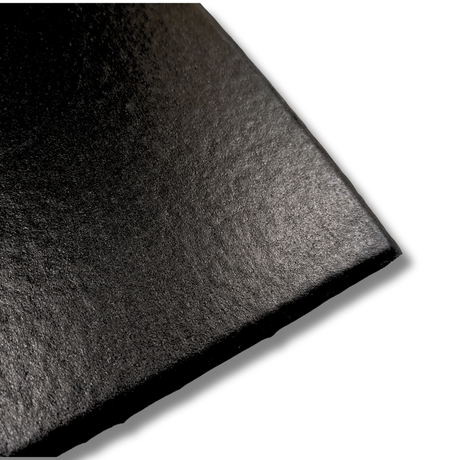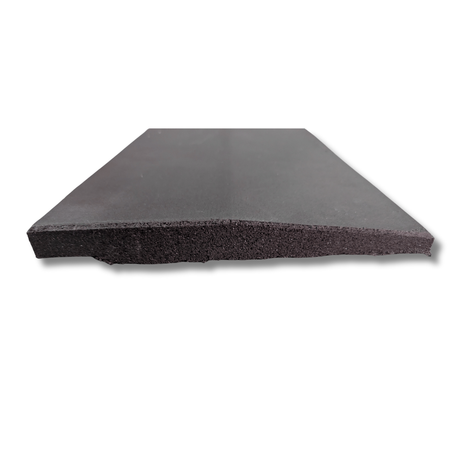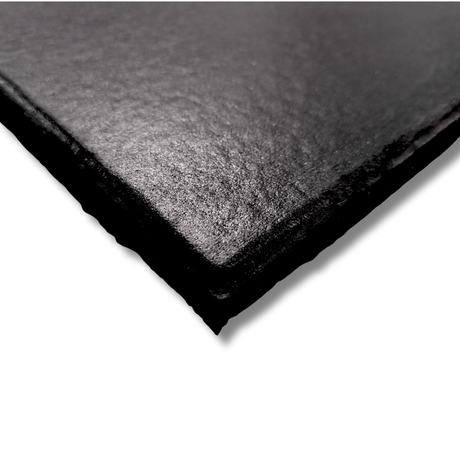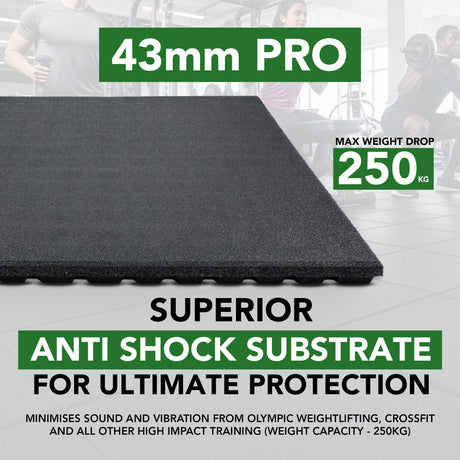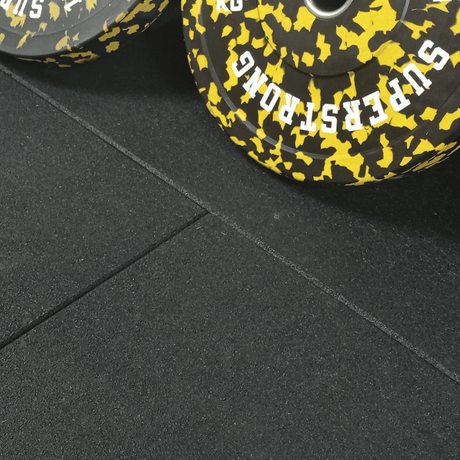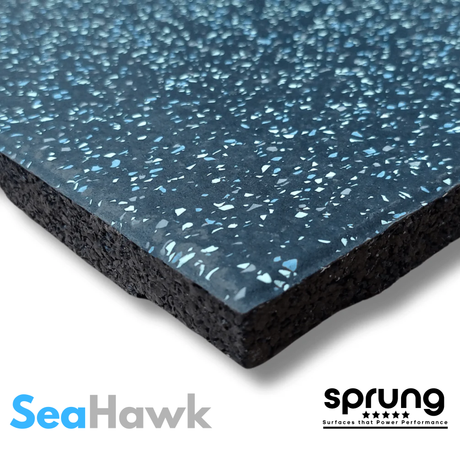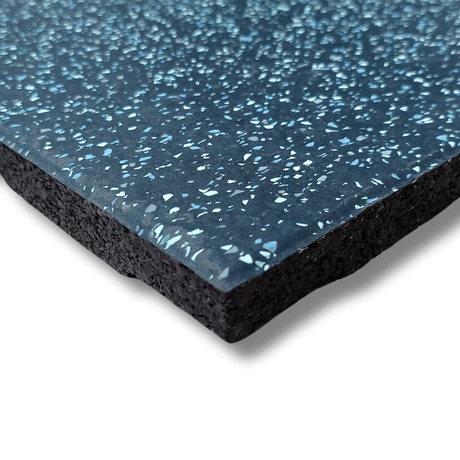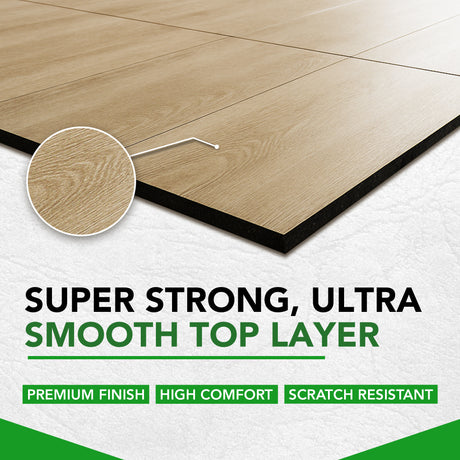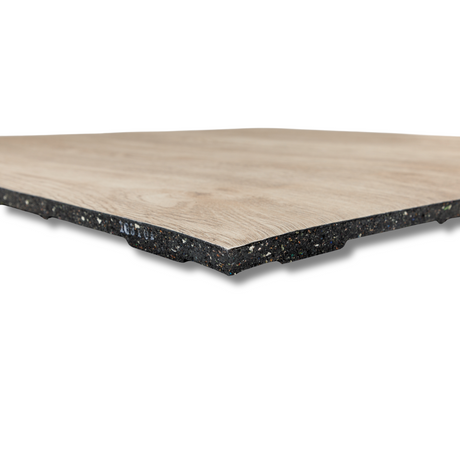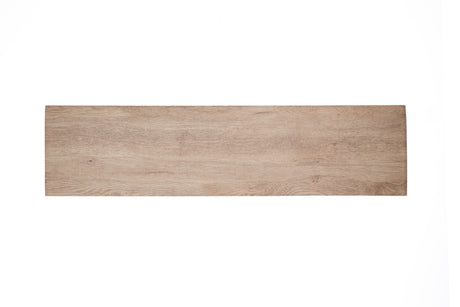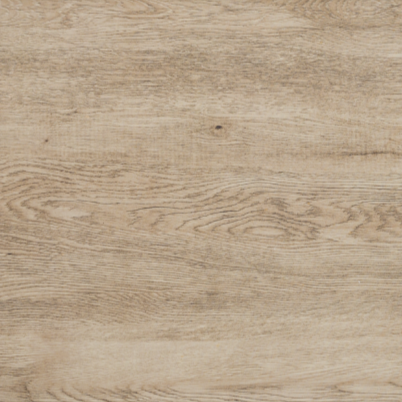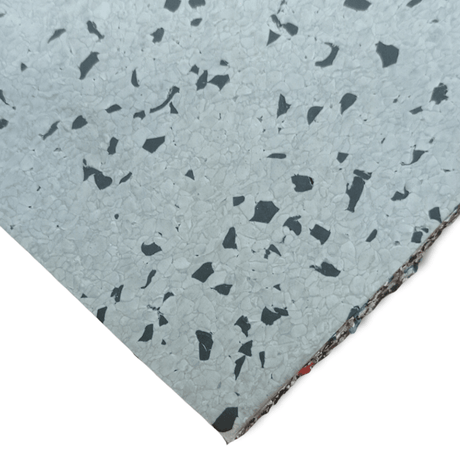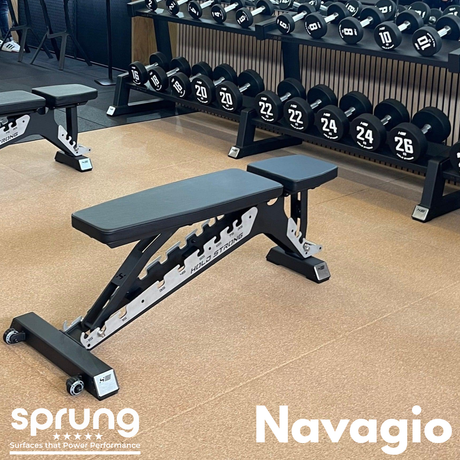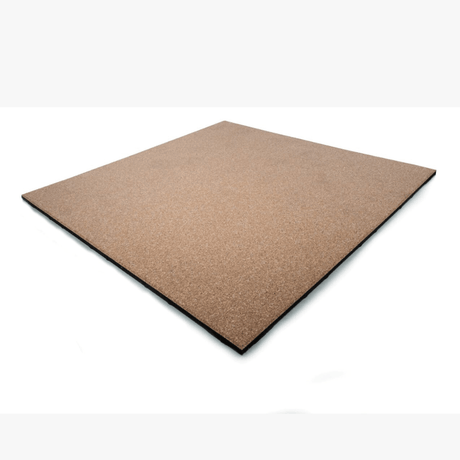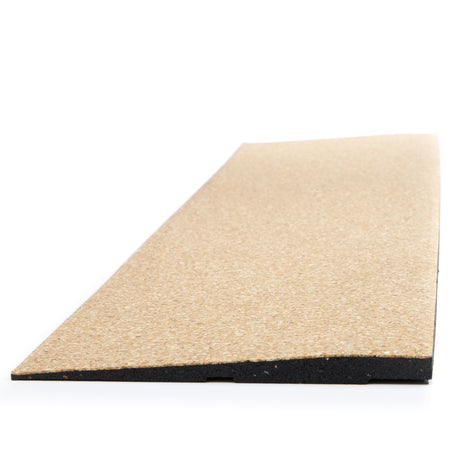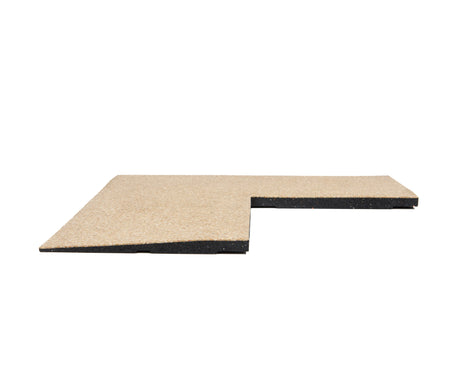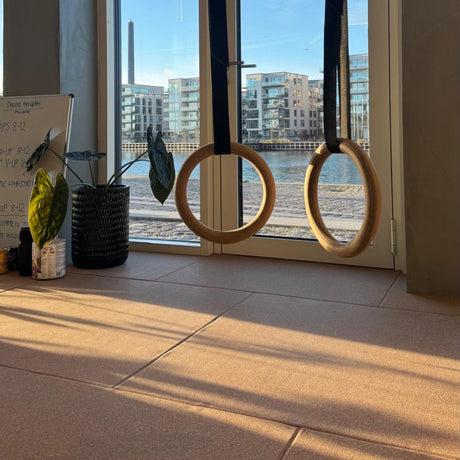You may have come across tatami matting—a traditional Japanese style of flooring that’s grown popular across the world. Traditionally made from rice straw and covered in a woven fabric, tatami mats not only look aesthetic, they have a load of benefits.
In this article we’ll delve into the history, production, benefits and modern uses of tatami matting so you can decide if it’s right for your project whether you're designing a Martial Arts Studio, looking for fitness flooring or looking to upgrade specific areas of your home.
Table of Contents
What is Tatami Matting?

Tatami matting has been a traditional flooring solution for centuries in Japanese homes. Made from natural materials like rice straw, these mats are usually square or rectangular and laid side by side to cover a whole room. As well as being used as flooring, tatami mats are also used as a sleeping surface. Many people in Japan say tatami is the most comfortable and healthiest material to sleep on, with improvements in posture and relief from back pain.
In recent years tatami has also found a place in the fitness and sports world. Martial arts disciplines like MMA, boxing, karate, judo and aikido have adopted mats that mimic the traditional feel—often made from foam or PVC—with some versions featuring the classic basketweave pattern for extra grip.
A Brief History of Tatami Mats
The history of tatami mats goes back to the Nara period (8th century) in Japan when they were only for the nobility and upper classes. Originally used for sleeping, tatami evolved in the 16th century into a more versatile flooring option, covering entire rooms and being a mainstay in most Japanese homes.
Tatami Mats in Martial Arts

Using tatami mats in martial arts is a tradition of respect. They are firm yet forgiving so great for absorbing impact during intense training. Whether in karate, judo or aikido, stepping onto a tatami mat is almost a ceremonial act, it’s a transition into a training space. Modern tatami for martial arts often use elite grade foam that replicates the feel of traditional mats but with improved durability and flexibility. The porous surface of these mats also absorbs sweat and moisture, so they’re an essential part of both traditional dojos and modern training facilities.
Tatami in the Modern World
While most people associate tatami with traditional Japanese interiors, modern tatami mats go way beyond that. Today’s tatami mats—often with a foam core—have more comfort, support and ease of maintenance so they’re perfect for homes, offices and speciality fitness centres. They absorb impact and provide a cushioned surface so are great for exercise areas, home gym flooring and spaces with high traffic.
Whether you’re setting up a yoga studio, home gym or even a stylish play room, tatami matting adds a touch of contemporary style while being practical and durable. It’s the ultimate solution for anyone looking for a flooring that combines style and function.
Tatami Mat Foam Applications
Modern tatami mat foam is as versatile as it is attractive, here are some of the uses:
- MMA: A safe cushioned surface for full contact training, MMA Mats support all Martial Arts disciplines
- Yoga: A stable base for various postures and breathing exercises.
- Gymnastics: A soft landing surface to reduce injury.
- Children’s Play Areas: A soft and safe space for active play.
- Multi-Purpose Fitness: A great base for any exercise or workout.
All of these applications benefit from the anti-slip and cushioned properties of tatami mat foam.
Why are Tatami Foam Mats used in MMA?
As mentioned, Tatami matting is widely used in MMA and other Martial Arts disciplines.
Let's look at the main advantages:

Tatami Mat Foam Key Benefits
Choosing tatami mat foam flooring has many advantages:
-
Anti-Slip Surface: The textured surface prevents slipping, especially in high energy environments like martial arts gyms.
-
Cushioned Support: A soft surface that’s easy on joints and muscles—great for yoga, children’s play areas and home gyms.
-
Anti-Bacterial: Many tatami mats are treated to prevent bacterial growth so it’s a cleaner and healthier environment.
-
Eco-Friendly: Often made from sustainable resources tatami mat foam is an eco-friendly option.
-
Durable: Designed to withstand heavy use these mats are perfect for high traffic areas.
-
Easy Maintenance: The design resists stains and dirt so it’s easy to clean—perfect for busy studios and domestic spaces.
Customer Insight:
"The Tatami Mats are so easy to clean. After Judo classes, the tiles are just lightly mopped down and look like new again"
How to Care for Your Tatami Mat
To keep your tatami mat looking great for years to come follow these simple tips:
- Regular Vacuuming: Sweep away dust and dirt.
- Immediate Spot Cleaning: Blot spills with a damp cloth to prevent stains.
- Avoid Direct Sunlight: Prolonged UV exposure can damage the material.
- Rotate Occasionally: Flip and rotate the mats to distribute wear evenly and extend life.
- Dry Fully: After washing, allow the foam mats to completely dry before using again
Conclusion
Tatami matting combines tradition with modernity and is a great flooring option for both commercial Martial Arts facilities and fitness centres as well as for domestic spaces. Whether you like the historical look, need a safe and comfortable training surface or just love the unique style it brings to a room, tatami has many benefits that cross cultures and uses. By embracing the modern evolution of tatami—from rice straw to durable foam—this classic design remains a relevant and stylish choice for today’s needs.
Explore our versatile range of Tatami Mats for you're perfect match.

